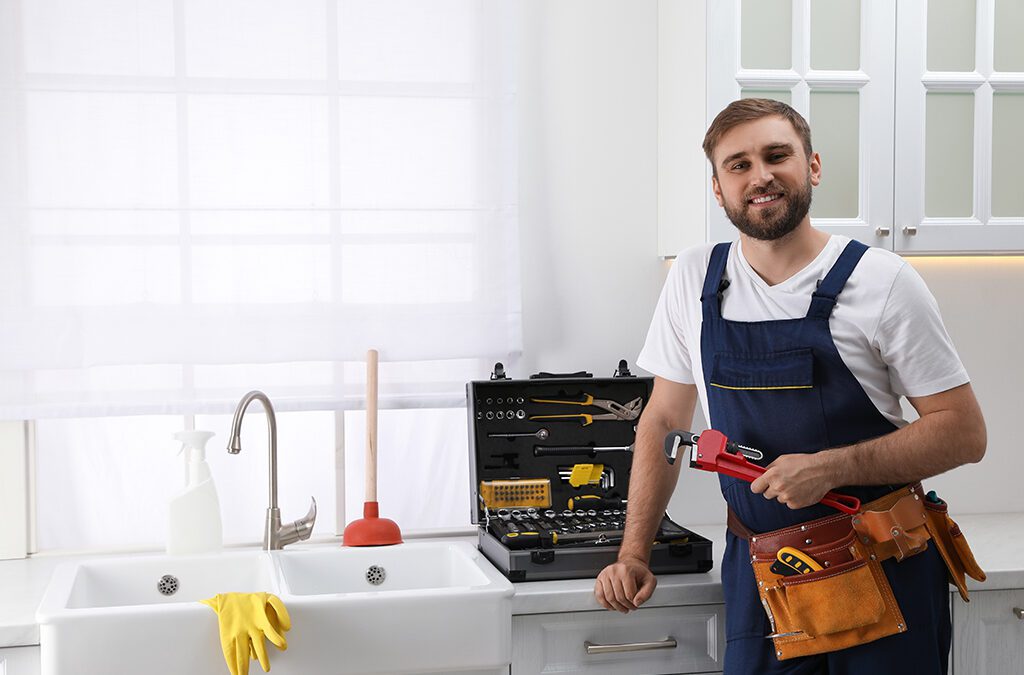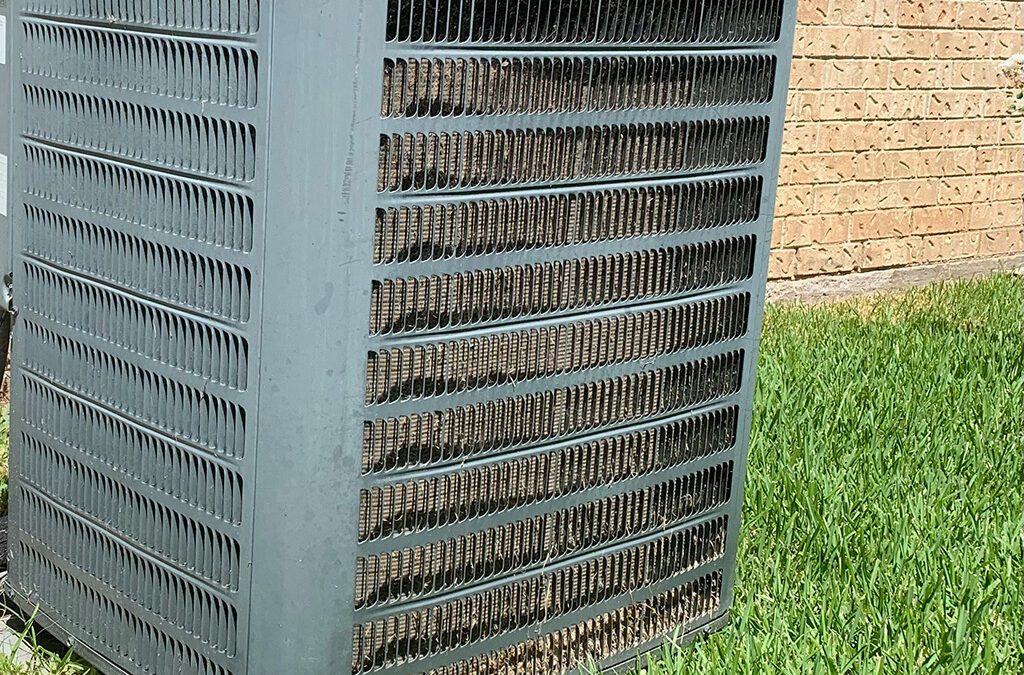So you want to try your hand at repairing a pipe or hooking up a new faucet. It sounds easy: connect the two ends and tighten, right? Rarely is anything that simple and, when it comes to plumbing work, making a mistake here can lead to low water pressure, water leaks, water damage, or burst pipes. While we always recommend calling a professionally licensed plumber, there are a few things that everyone should be aware of in case they want to make a few fixes or build something that uses pipe but isn’t your home’s plumbing (we can’t stress enough how easy it is to make a mistake here so don’t try it if you aren’t willing to risk your family’s anger when something breaks even worse).
Which Pipes do What?
First, while there are many different kind of pipes in your home, there are two main types you should be aware of. Waste water is carried away from fixtures and appliances in PVC piping, typically under lower pressure. Water that is flowing toward sinks, appliances, and other fixtures travels in copper piping. Always make sure that you’ve shut off the main water valve in your home before working on any kind of copper piping. And don’t forget that copper piping is much more difficult to work with than PVC.
Now that you know what your pipe is used for, it’s time to size it. If the inner diameter of the pipe hasn’t been written anywhere, your best bet is to use a set of calipers to size the inside and outside. Both measurements are important for knowing what kind of piping and threading you need to replace the current pipe with. The most common piping has an outer diameter of 15mm.
Compression Fittings vs Threaded Fittings
Pipes change size based on pressure and final connection, typically moving from larger size pipes to smaller ones as they reach their destination. To connect these pipes together (and to split them across multiple branches) we use special fittings to help with connecting them together.
Compression Fittings – Compression fittings are designed to hold pipes together with pressure. These fittings are typically used in places where a solder connection would be difficult or to connect PVC and copper pipes together. Compression fittings have an internal compression ring called a ferrule (or olive) and an external compression nut. The ferrule is placed over the two connecting pipes so that, as the nut is screwed into place, it tightens over the ferrule, locking it into place.
Threaded Fittings – When both pipes are the same size (the trap pipe under your sink for example), a threaded fitting is used. These fittings seem simple at first since they connect easily, the twist comes in the form of sealant. Unless your pipe uses a dry seal (the threads are so fine that they do not require additional seals) then an o-ring, gasket, or sealing agent is necessary to connect the two pipes. Rubber gaskets require lubrication, as dry gaskets will crack and break over time.
Sometimes, when there’s a leak in your plumbing, but the connection looks solid, a broken seal is to blame. Just be careful whenever you’re disconnecting piping. Make sure that it’s reconnected in the same manner and that all seals are in place before hand.
Metro Plumbing, Heating, and Air Conditioning is the service company you want! Call us today at (423) 616-1025!



